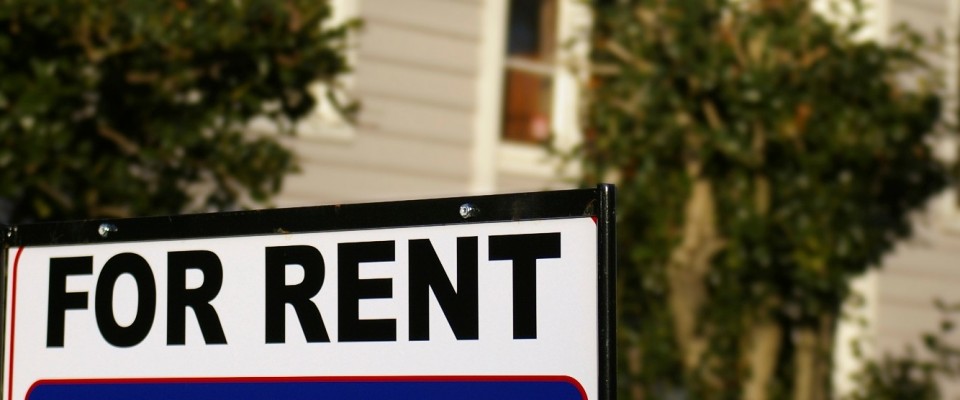The rise in monthly rents in Dublin has slowed but a wide gap remains between the cost of renting a home in the capital and the rest of the country, latest figures for the private residential property market show.
Quarterly figures compiled by the ESRI, and published by the Residential Tenancies Board, also show that 20% of people in Ireland now live in rental accommodation.
The average monthly cost of renting a home in Dublin rose by around €10 per month in the three months to the end of September, to €1,487.
The average cost in commuter counties outside Dublin - including Laois, Louth and Meath - was €864 a month, which is a 12% increase.
The faster growth rates outside Dublin reflect similar trends in house prices in these areas.
Nationally, annual growth in the third quarter was 8.3%, and 9.2% for the year so far.
Residential Tenancies Board Director Rosalind Carroll says the cost of renting in Dublin has stabilised as many people can no longer afford to live in the capital.
She also says there is still a major shortage of homes to rent in Dublin.
While the rise in rents has moderated, especially in Dublin, she cautioned against reading too much into the figures, saying the market remains volatile and that patterns are difficult to identify.
A new strategy for the residential rental market is due to be announced in the coming weeks by Minister for Housing Simon Coveney.
Speaking on RTÉ's Morning Ireland, Ms Carroll said that the gap between rents in Dublin and the rest of the country, particularly in commuter counties, is narrowing.
This could be an affordability cap, she said, whereby people have reached a limit as to the rents they can afford, which is forcing the rents to stop rising so rapidly.
However, rents outside of Dublin are continuing to rise quite sharply, she said.
Ms Carroll said it was important to introduce a strategy to bring security for tenants and landlords.
But she added it is important that any strategy does not cause unforeseen consequences that would cause landlords to leave the market, and therefore cause less supply.







